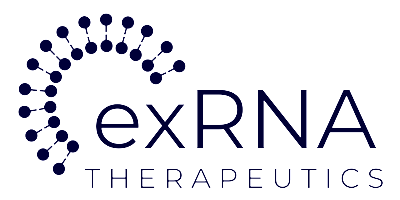
KCNT1 is a channel that affects the flow of electricity in the brain and sometimes in the heart. This channel is found throughout the body, and mutations in KCNT1 result in increased electrical flow through the potassium channels. This primarily results in problems in electric electrical activity in the brain, which can cause seizures.

KCNT1-related epilepsy syndromes
1) Early onset seizures, either epilepsy of infancy with migrating focal seizures EIMFS, also known as migrating partial seizures of infancy MMPSI. It can cause an epileptic encephalopathy (EE).
2) A later onset form of KCNT1 related epilepsy which is often known as autosomal dominant nocturnal frontal lobe epilepsy ADNFLE, recently renamed as autosomal dominant sleep-related hyper motor epilepsy (SHE).
Gain-of-function pathogenic variants in the KCNT1 gene have been implicated in a wide spectrum of epileptic disorders. In infancy, these most commonly include EIMFS, Ohtahara syndrome, and infantile spasms.

SYMPTOMS
SEIZURE BURDEN (SEIZURE COUNT)
FOCAL SEIZURES
SEIZURES THAT OCCUR WHEN FALLING ASLEEP OR SHORTLY THEREAFTER
INFANTILE SPASMS
FEEDING PROBLEMS
ORAL HEALTH AND SECRETIONS
SLOW GASTRIC EMPTYING, CONSTIPATION
CARDIAC ISSUES
LUNGS AND BREATHING ISSUES
TONE, MOTOR CONTROL, SPASTICITY, AND SCOLIOSIS
URINARY TRACT ISSUES AND KIDNEY STONES
BONE HEALTH
CORTICAL VISUAL IMPAIRMENT (CVI)
PAIN
IRRITABILITY (UNCONTROLLABLE CRYING)

SUPPORTING RESEARCH
Our Research Strategy
Supporting research projects ranging from preclinical and cellular models of our condition to discovery science and the evaluation of the psychological and physiological components is our goal.
Our mission is to assist in the development of safe, efficient treatments for those with KCNT1-related conditions. In addition to considering research and development programming, we aim to collaborate with other Parent Advisory Groups, the government, business, and academia.
Our Research and Development Priorities
Identify and develop therapies
Understand the etiology of KCNT-related epilepsy
Cultivate an open, inclusive, and collaborative research community
How We Advance Research & Development
Targeted Priorities
Partnerships
Patient Registry
Patient Natural History Study
Cellular and Animal Models

